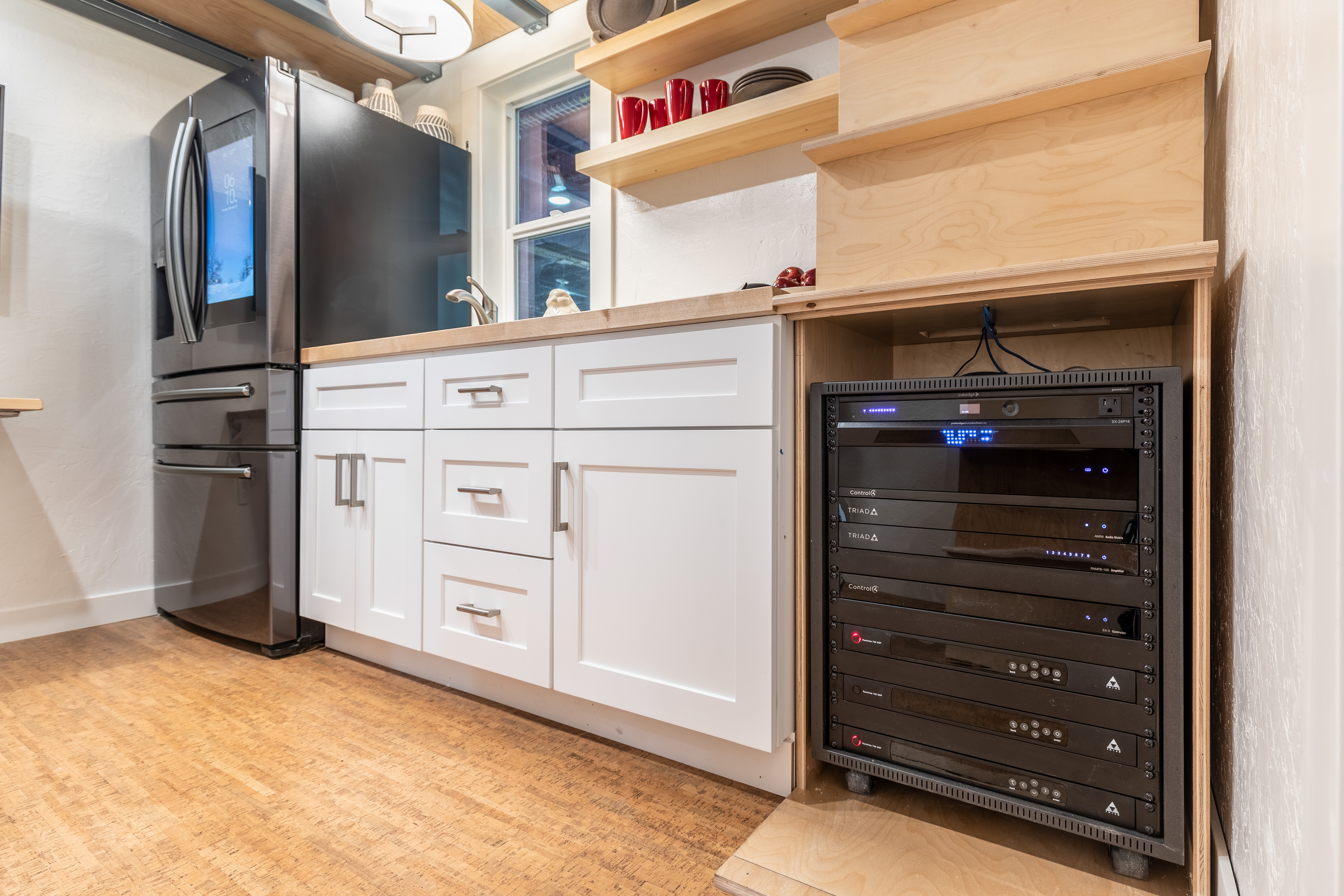
Article by
Audioholics
I. Positioning
For this section, I'll assume: (1) You have nothing other than your two healthy ears to assess your listening room's acoustical signature; (2) unless otherwise noted, you are running signal through nothing other than your 2 subs; (3) you have a collection of applicable test signals sufficient for you to determine at various stages the nature of the sound you perceive at the listening position and how the room is affecting that sound; and (4) all appropriate, preceding tasks necessary for calibration of the rest of your audio system have already been accomplished.
Note: If you do have at hand appropriate gear capable of making accurate time or frequency domain measurements, feel free to use it as/when needed. I'll be treating the topic of subwoofer placement based on in-room response measurement techniques more in-depth in Part II of the Place For Bass.
Sub calibration can be divided into 5 steps:
1. Subwoofer position adjustment.
2. Listener's position adjustment.
3. Adjustment of phase between subs & mains.
4. Parametric equalization
5. Subwoofer gain matched to that of the rest of the system.
I've seen a few different methods used to systematically identify an optimal disposition for multiple subwoofers within a single listening space. Here's one such method, chosen for its thoroughness.
It's a highly iterative process and you may find yourself getting bored of listening to the same thing over and over again. Allow for breaks along the way to alleviate the boredom and help minimize the chance of listener fatigue creeping into your impressions.
Make notes at each and every step along the way; use diagrams; include sufficient detail that you'll be able to back-track should you find your current collection of placements/settings doesn't sound anywhere near as good as something you had worked up half an hour ago. Remember, you're dealing with quite a few variables here. Keeping track of everything can help make the process run that much more quickly.
1. Mask off the entire floor of the listening space into small squares 2' - 3' feet on side. Locate this masking-tape grid in such a way that each seat in the listening area is contained within its own square. If you're concerned with leaving behind any sort of tape residue on the floor, use those masking tapes specifically formulated not to leave any sort of gummy residue behind.
2. Work up a spreadsheet that will allow you to systematically record your listening impressions for each square you audition, given a particular subwoofer set disposition. It's too easy to forget your impressions across multiple trials not to make the effort to record your data.
3. If possible, move those seats located in the listening area out of the way and locate both subs in the center of the listening area, typically positioned on the central axis of the room's longest dimension.
4. With both sub's gain all the way off and their phase switch set to 0°, your processor's subwoofer equalization set to flat, play back your test material through the LCR mains and increase the gain on both subs till you just hear their presence in the mix. Then push the gain up a bit further, then back down to the point where once again you just hear them in the mix.
Don't worry about any sort of final fine tuning at this point: here all you need to do is get a reasonable, working playback level from your subs. Once that level has been set, turn off all channels, save those feeding the subwoofers. I'll assume at this point that your sub's crossover frequency has been set at or near 80 Hz.
5. Set your CD or DVD transport to loop and then listen at each square, noting your aural impressions.Immediately, you'll notice some squares give a more balanced impression than others. Note accordingly in your spreadsheet. Once you've listened at every square, go ahead and move the subs along the axis you've chosen further apart than you had originally placed them. Then make the circuit around the room again, visiting each square and again noting your impressions, making careful note of those squares which sound particularly good or bad. It won't take long before patterns emerge. Repeat as necessary until you are satisfied you have placed your subs correctly. (Feel free to use Figures 26a through 33a as possible dispositional templates). Finally, make note of the best sounding squares for each sub position you try. It's from that list
you'll draw the final choice of subwoofer location.
6. Having identified those squares in the room where your performance criteria have been best satisfied, move the subs to those positions and commence your listening tests, this time, walking the squares where the seats making up your listening area are ordinarily located. At this point, you may find shifting the seats a bit further improves the sound of your subs in the listening area. If you are constrained from moving the seats in your listening area by the walls, other objects in the room, objecting spouse, etc you can, of course, go ahead and skip this step.
7. Once you have settled on a location that represents "best possible", for both seats and subs, bring all other channels back online and re-adjust the subwoofer gain, if necessary. Remove the masking tape from the floor otherwise you run the risk of plummeting S or W approval factor!
II. Crossover Adjustment
8. The 80 Hz lowpass crossover frequency mentioned in Step 4 may be what works best for your system in your listening space, but if you need to change that or you're just interested in experimenting with a new setting, here's a quick way of finding that new set point. For this adjustment, you'll need the mains & subs running. (If you plan on running the mains set to "Large" run this test sequence with them set likewise, if your processor will allow for it).
With you seated in the listening position, have an assistant dial the processor's subwoofer lowpass frequency all the way down until the subs & mains sound clearly separate in terms of the what portion of the audible spectrum you hear pouring out of them. Then have your assistant dial upward the sub's lowpass frequency until that point where your ears tell you that you've reached the point of smoothest or most seamless splice between subs & mains.
I've seen this technique implemented using both music and pink noise. Once you've settled on the frequency that sounds best to you, move to another seat in the listening area and repeat the test. You should eventually reach a consensus where it comes to the best crossover frequency overall. When you reach the Equalization stage, you may find it necessary to re-adjust the crossover frequency.
Tags: Subwoofer




